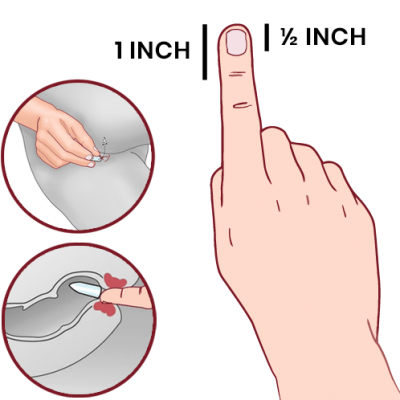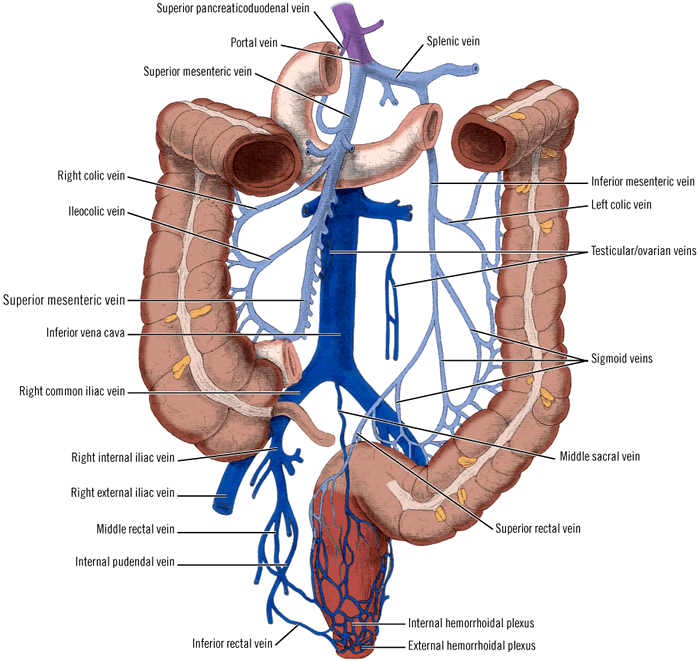No products in the cart.
Download: Why a Suppository?
Chelation Suppositories: Safer, More Effective, More Affordable Alternative to Traditional IV Chelation
An alternative delivery method has opened up the whole world of heavy metal detoxification, making it available to everyone. Our Chelation Suppositories are medically equivalent to the traditional IV EDTA chelation method but eliminate the problems that are associated with IV EDTA delivery. The very same ingredient that goes into the IV (CaNa2EDTA or calcium disodium EDTA) has been incorporated into rectal suppositories and became available in a cocoa butter base.
IV Chelation has several disadvantages; it is time consuming, difficult, inconvenient, potentially dangerous and expensive
- A chelation physician needs to be located in your city, and many people have had to travel several hours to find one.
- Once you get there, chelation is usually administered in 3000mg dosages in a procedure that lasts three to four hours. This is generally done two to four times a week, for 30-60 weeks (or more).
- By forcing a chelation dose of 3 grams into the body over a short period of time, unnecessary stress is placed on organs, such as the kidneys since more toxins try to leave than the body is able to safely excrete through the detoxification channels.
- The cost is usually $100.00 to $150.00 per session, not counting travel and time away from work.
- Blood studies reveal that plasticizers from the IV bags and tubing accumulate in the bloodstream and later end up contaminating the rest of the body. These plastics from IV’s often end up in the peroxisomes – little organelles inside the cells (except mature red blood cells because they have lost their nuclei). The accumulated plasticizers can lead to further diseases, including high blood pressure.
The Advantages of Chelation Suppositories
The dosage in a chelation suppository is smaller, compared to IV chelation, and this lower level of EDTA is more managable by the body, including the liver and the kidneys.
As the chelation suppository is slowly being absorbed (with about 90% efficiency, compared to IV chelation’s 100%) overnight through the wall of the rectum, this delivery method avoids all of the disadvantages associated with IV chelation.
- You save time and inconvenience as you can use the suppositories at home
- You lose no time from work or home
- The heavy metals are excreated gently out of the body with lower dose of EDTA than the one given with the IV method. This relieves the kidneys, the liver and the rest of the body from the strain of forcing a higher dose on it over a shorter period of time
- It is inexpensive – the cost of the suppositories for a month can be similar to what you would pay for one IV chelation session
- There are no diseases producing phthalates to be absorbed, since there are no IV’s
- The natural detoxification is enhanced overnight when the melatonin level is high
- You have total flexibility with the dose
Key to Success: Absorption from the Rectum as You Sleep
This method of administering EDTA is also very effective. By utilizing suppository delivery, the body is able to process the EDTA without having to filter it through protective channels in the liver.
The rectum, where the EDTA is being absorbed, is anatomically part of the skin and is therefore efficiently picked up by the systemic circulation and consequently avoids the hepato-enteric circulation that delivers all nutrients and ingredients for breakdown in the liver.
The low molecular weight of Calcium Di-Sodium EDTA of 292.1 facilitates efficient absorption through the colon wall.
Since the normal and natural detoxification of the body occurs overnight when the melatonin levels are the highest, the presence of extra EDTA is administered at the right time, compared to IV chelation – given often in the middle of a stressful day.
What was once a time-consuming, doctor administered treatment costing thousands of dollars is now available in the privacy of your own home.
Why Calcium Di-Sodium EDTA (CaNa2EDTA)
This form of EDTA has the longest history of reversing all sorts of cardiovascular diseases including hypertension, angina, claudication, congestive heart failure, and arrhythmias, but also dissolving occlusive plaques that were blocking important neck, heart and leg vessels and where surgery was contraindicated.
Ca-EDTA removes cholesterol plaque and lowers cholesterol.
Ca-EDTA is the same ingredient they put in blood tubes in the laboratory to keep blood from prematurely clotting. Ca-EDTA is so safe it has been FDA approved for over 40 years. And also used by the food industry as a preservative (due to EDTA’s anti-fungal effect).
Magnesium Di-Sodium EDTA Stings
Mg-EDTA (Magnesium Di-Potassium EDTA) has some disadvantages over Ca-EDTA (Calcium-Di-Sodium-EDTA). Mg-EDTA can be quite unconfortable to keep in the rectum as it stings, like table salt can sting, especially if there is dry stool or a tiny abrasion in the wall of the rectum (quite common).
How to Use Rectal Suppositories Properly
- Wash your hands thoroughly with soap and water.

- If the suppository is soft, hold it under cool water or place it in a refrigerator (but NEVER in the freezer) for a few minutes to harden it before removing the wrapper.

- Remove the wrapper, if present. A curved nail scissor can be useful as the plastic is cut away, right beside the suppository.

- If you were told to use half of the suppository, cut it across with a clean, single-edge razor blade or a kitchen knife.
- Put on a finger cot or disposable glove, if desired (available at a pharmacy). A sandwich bag could be a good, practical alternative.
- Lubricate the suppository tip with a water-soluble lubricant such as coconut oil (our favorite), K-Y Jelly or saliva. But not with petroleum jelly (Vaseline).
Alternately, moisten your rectal area with cool tap water.

- Lie on your side with your lower leg straightened out and your upper leg bent forward toward your stomach.
- Lift upper buttock to expose the rectal area.

- Insert the suppository, pointed end first, with your finger until it passes the muscular sphincter of the rectum, about 1/2 to 1 inch in infants and 1 inch in adults. (If not inserted past this sphincter, the suppository may pop out.). Actually, there are two sphincter muscles. Once these are passed, the suppository is in the rectum.

- Hold buttocks together for a few seconds.
- Remain lying down for about 5 minutes to avoid having the suppository come out. It is better to remain on your right side – this way the content of the suppository is not going further back into the colon, but rather remains in the rectum.

- Discard used materials and wash your hands thoroughly.

Remember
- Follow directions carefully
- Do not miss doses (well, it is not a big issue if you skip a night for whatever reasons. But keep it going for a better outcome)
- Store suppositories in a cool place and avoid melting; refrigerate them if so labeled
- Store medications out of reach of children


